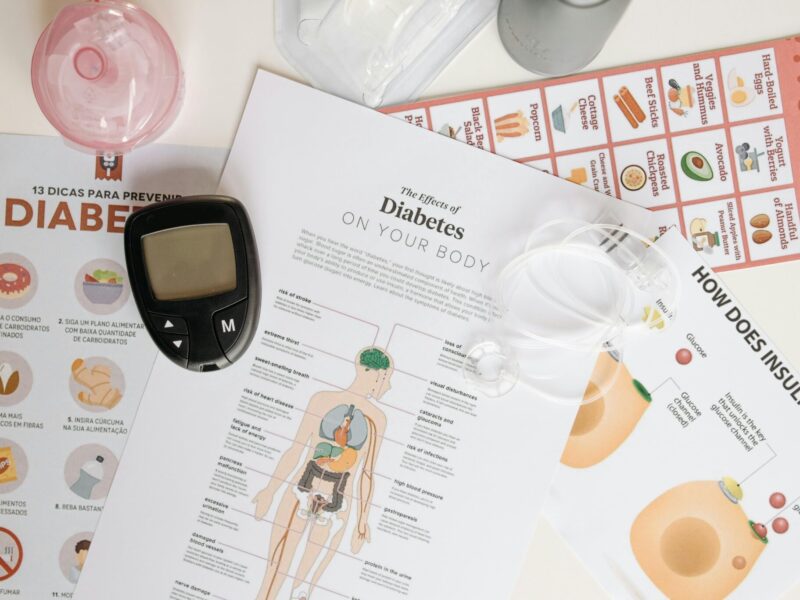Have you ever wondered who makes the important decisions that protect the health of our communities? From launching vaccination programs to promoting mental health resources, public health leaders work every day to address the needs of people and improve wellness across communities. These leaders focus on more than treating illness—they aim to build healthier environments and prevent health issues from happening in the first place.
In this blog, we will share how public health leaders play a central role in community wellness and the approaches they use to make a lasting impact.
Understanding the Role of Public Health Leaders
Public health leaders help communities promote and maintain health by designing programs, creating policies, and educating people on important topics like disease prevention and healthy lifestyle choices. They assess community needs to develop effective plans, whether through local health initiatives, educational programs, or public safety measures.
For aspiring leaders from diverse backgrounds, the best pathway to build expertise and make a meaningful impact in this field is through a Master of Public Health (MPH) degree. This advanced education equips them with the skills to tackle complex health issues, understand data, and create effective solutions. And for those balancing work with study, many schools now offer online MPH programs, providing flexibility without sacrificing quality. Through advanced education, future leaders gain the same skills and insights that drive health improvements, but with the added convenience of remote learning.
Promoting Preventive Health
One of the main ways public health leaders contribute to wellness is by focusing on preventive health. Instead of waiting for health problems to occur, these professionals work to stop issues before they start. This approach includes everything from promoting vaccinations and organizing health screenings to educating people about proper nutrition and exercise. By helping people adopt healthier habits, they aim to reduce rates of chronic illness, like diabetes and heart disease, across communities.
Improving Access to Health Services
Access to health services is a critical component of community wellness. Public health leaders work to make these services available to everyone, especially in underserved communities. They may advocate for more healthcare facilities in rural areas, create mobile health clinics, or promote affordable healthcare options. Through these initiatives, they aim to remove the barriers that prevent people from receiving the care they need.
When healthcare is more accessible, communities benefit from early treatment, regular checkups, and a healthier population overall. This work also improves trust in the healthcare system, as people feel supported and valued.
Addressing Health Disparities
Health disparities exist when some groups of people experience worse health outcomes than others due to factors like income, education, and race. Public health leaders focus on reducing these disparities by creating programs that address the specific needs of different groups. For instance, they might launch initiatives that support low-income families with nutrition assistance or provide mental health resources to communities with limited access.
By addressing these disparities, public health leaders help create a fairer health landscape where everyone has the opportunity to live a healthy life, regardless of their background or circumstances.
Supporting Mental Health Awareness
Mental health is an essential part of overall wellness, yet it is often overlooked in healthcare discussions. Public health leaders work to raise awareness about mental health issues and provide resources for those in need. They promote programs that offer counseling services, support groups, and educational workshops on managing stress, anxiety, and other mental health challenges.
Through these efforts, they help reduce the stigma around mental health and encourage people to seek help when they need it. A community that values mental health creates a supportive environment where people can thrive emotionally as well as physically.
Responding to Health Crises
During health crises like the COVID-19 pandemic, public health leaders become essential coordinators, working to protect communities with clear, organized responses. They implement emergency plans, oversee resource distribution, and provide vital information on safety measures, testing sites, and vaccinations. Quick action, strong communication, and effective organization allow them to reduce harm and support communities through difficult times. Their expertise and dedication help drive recovery efforts, bringing people together toward stronger, healthier outcomes.
Promoting Health Education
Education is at the heart of public health. Public health leaders create programs that teach people about various health topics, from preventing illness to managing chronic conditions. These educational efforts reach people of all ages, from school-based programs that promote good hygiene to adult workshops on nutrition and physical activity.
Health education empowers people with the knowledge they need to make informed choices. By investing in education, public health leaders help people take control of their health, making healthier communities possible.
Advocating for Health Policies
Public health leaders also work to shape policies that promote wellness. They advocate for laws and regulations that protect public health, such as smoke-free zones, healthier school lunches, and workplace safety standards. They collaborate with policymakers to make sure that health considerations are part of government decisions.
Through policy advocacy, public health leaders can make lasting changes that support community wellness on a large scale. Policies like these set standards that protect the health of everyone, regardless of individual circumstances.
Inspiring Community Involvement
Public health leaders recognize that community wellness depends on the active participation of its members. They work to inspire people to get involved in health initiatives, whether by volunteering at events, participating in wellness programs, or simply supporting one another in making healthier choices. By fostering a sense of community responsibility, these leaders help create a culture of health that benefits everyone.
When people come together to support wellness, they strengthen the foundation of the community. Public health leaders know that lasting health improvements require collective action, and they empower people to take part in these efforts.
In the end, public health leadership reminds us that creating a healthier community is a shared journey. Each effort, big or small, adds to the wellness of the whole. As we consider our own roles, let’s think about how we can support these initiatives, advocate for positive changes, and make choices that benefit the community around us. After all, a truly healthy community thrives when everyone plays a part.
Want to unlock greater wellness?
Listen to our friends over at the Wellness + Wisdom Podcast to unlock your best self with Drew Canole of Organifi:








 Cosmetic Treatments for Varicose Veins: Say Goodbye to Unwanted Veins
Cosmetic Treatments for Varicose Veins: Say Goodbye to Unwanted Veins